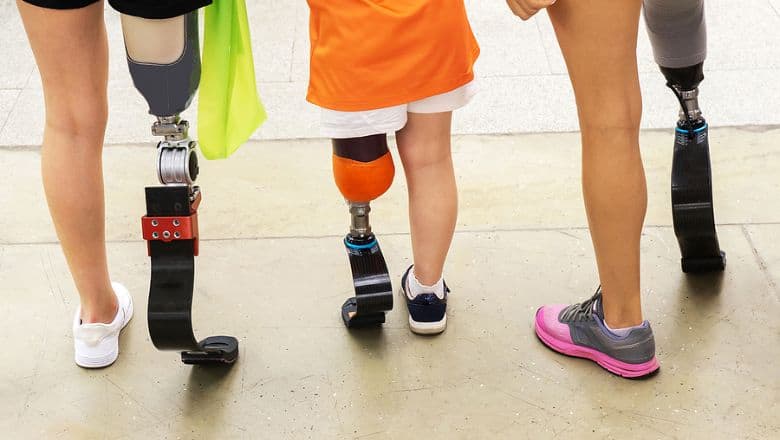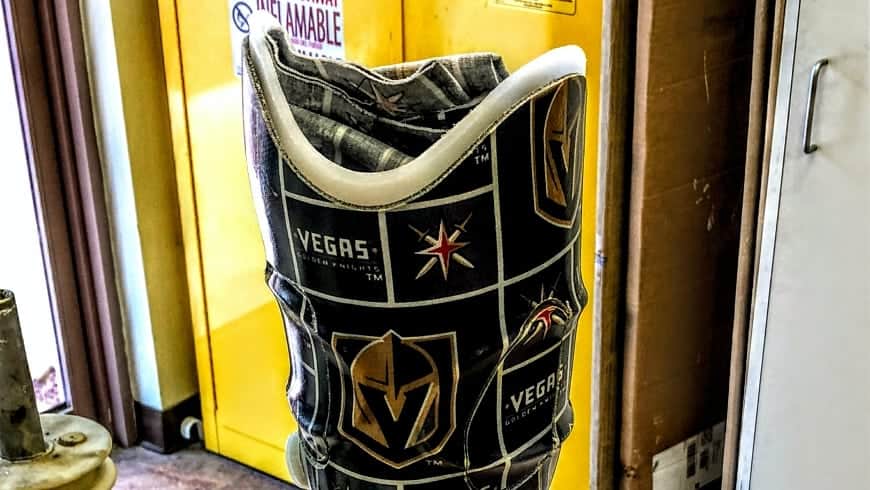Children of all ages may need prosthetic limbs for various reasons, such as congenital disabilities or amputation (due to a traumatic accident or cancer treatment). They may also desire specialized devices for specific activities like playing sports or musical instruments. Children grow quickly and will need many fittings and adjustments for their prostheses.
Benefits Of Artificial Limbs For Kids
Children who experience amputation or congenital disabilities will obviously need prosthetic devices to participate in normal activities such as walking, eating, and reaching things. But the benefits go far beyond everyday mobility.
- Confidence In Social Interactions
- Increased Inclusion
- Independence
- Exercise (affects both physical and mental health)
- Participation in hobbies and sports
- Greater Self Esteem
Types Of Prosthetics
When you are looking for a prosthesis all of the choices types and modifications can be intimidating. While sizes, shapes, and specializations will vary, there are some common prosthetics devices.
- Arm, Above Elbow
- Arm, Below Elbow
- Hand
- Finger
- Leg, Above Knee
- Leg, Below Knee
- Feet
Three Main Ways To Make Artificial Limbs Move
How is your child going to move and operate their artificial limb? There are several options, and we are happy to explain and help you decide which one will work best for you.
Conventional Prosthetics
The amputee’s body powers these artificial limbs. For example, an upper body device may feature a cable and harness on the upper arm and chest to control the prosthetic arm and hand. They are durable, need no external power source, and are usually more affordable than other options.
Hybrid Prosthetics
Hybrid artificial limbs are both body-powered and electrically powered. In addition to the cable and harness system, they use sensors to discern muscle movements. They are beneficial for amputees with higher-level limb loss. These devices can be customized for various activities. Besides offering more functions, they have a more natural appearance than conventional prostheses.
Myoelectric Prosthetics
This type of artificial upper extremity is externally powered by electrical signals from the amputee’s muscles. The myoelectric hand or arm will receive signals from sensors in a prosthetic socket. A skin-like glove can cover it for a more natural appearance. Because there is no harness system, the wearer will have a greater range of motion.
Unique Needs For Pediatric Prosthetics
As you can imagine, children have unique needs for artificial limbs. Children grow quickly and may not communicate well. Young children will need help in taking their devices on and off.
Young amputees may be very active or need a lot of assistance to become active. Children often have hobbies or activities that require special adaptations to their prosthetics. Parents will need to stay in regular contact with the child’s doctors, therapists, and prostheses.
We Can Help
Evolve Prosthetics in Henderson, Nevada offers prostheses for all stages of life, and we provide free unlimited adjustments and fittings. If your child needs prosthetic services, call us today and let us help your child gain freedom and mobility.




